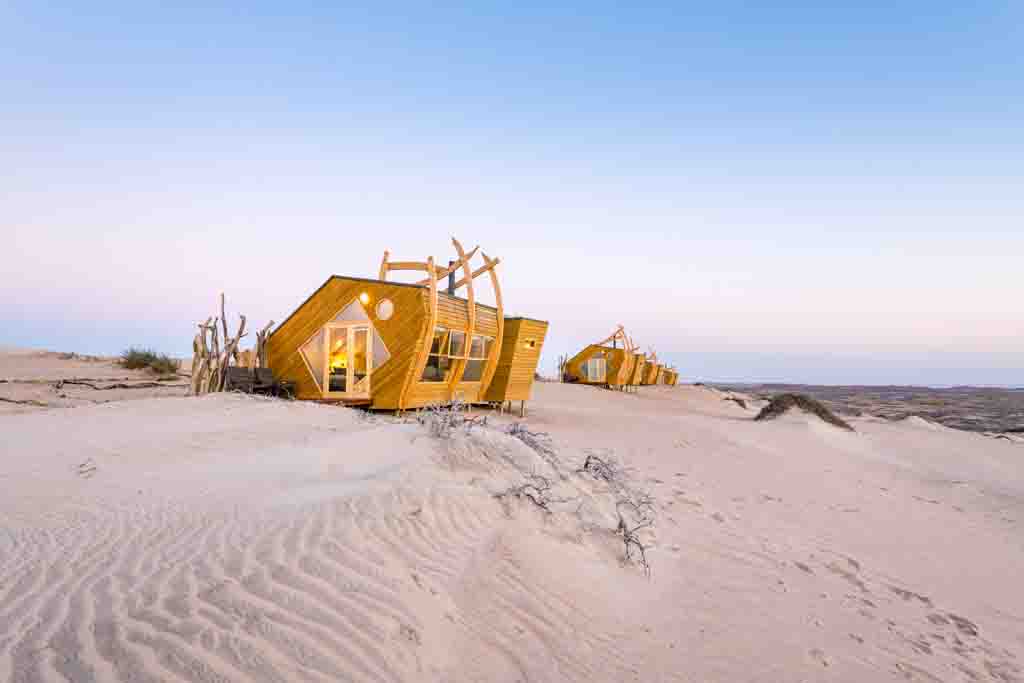What will I experience?
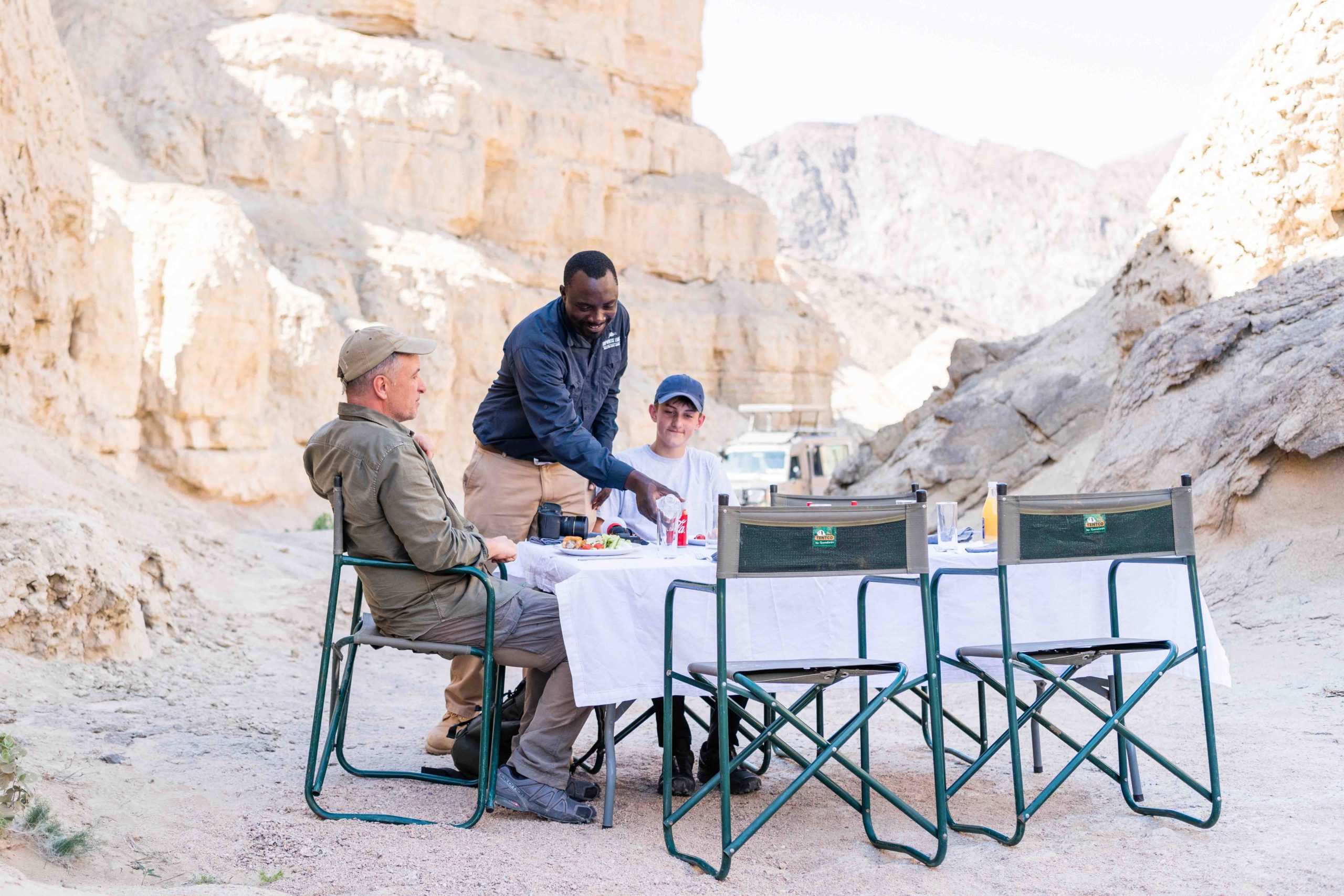
Where the cold Benguela current delivers the Atlantic Ocean crashing and swirling against the red sands of the harsh and unforgiving Namib Desert, you will find a pristine and unimaginable coastline.
Eerie in its beauty the Skeleton Coast holds its secrets and memories close.
Walled in by vast rolling dunes the area, devoid of manmade elements, save for the wrecks of misguided and ill fortuned
ships, is accessible only by 4×4 vehicles through the expanse of the Namib Desert.
Here, in this truly unique environment, you will wonder at the history that so clearly abounds. Stark against the hot sand you will see the bones of whales, bleached white by the harsh African sun, and the wreckage of ships, rusted to deep reds and browns by the salty air and morning mists.
Read More
Questions of what other secrets the sands and waters hold will swirl through your mind like the winds that whip and whirl around you.
Your only company might be a solitary elephant wading into the shallows, or a hungry lion looking to the sea for its next meal. Watching their movements, as quiet as a whisper on the wind, your mind will drift to the fate of the sailors of old who found their journey’s end on these beaches. You shake your head and square your shoulders against the thought, but you feel the weight of this place’s name as you look back at your own solitary footprints leaving their fleeting mark on the Skeleton
Coast.
Tell me more
The Skeleton Coast, which runs along the northern part of Namibia’s Atlantic coastline, is 500
kilometres (311 miles) long and 40 kilometres (25 miles) wide, it is named for the numerous whales that became stranded on its shores, whose skeletons still remain visible on the beaches. The Ovahimba people who have settled in the north-eastern parts of Namibia historically made use of the whale bones to build their huts.
Also known in the past to Portuguese sailors, as “The Sands of Hell”, and to the Bushmen people who live in inland Namibia, as “The Land God Made in Anger”, this stretch of coast is known for its inhospitable climate. The cold and unpredictable Benguela current of the Atlantic Ocean gives rise to dense ocean fog and heavy surf, this along with strong winds meant that in the days before engine
powered boats and ships, boats could land on the shores but could not launch. Due to these harsh conditions, numerous ships became stranded along the Skeleton Coast, their crew members, met by the dry desert conditions could not survive and died of thirst.
Here in this most hostile environment it is incredible to see a number of desert-adapted wild animals, including elephant, rhino, brown hyena, jackal, desert lion, giraffe, oryx, kudu, zebra and seal. Lichen, pencil bush, welwitschias, lithop succulents and Nara Melons are some of the desert plants that have adapted to survive; they depend on daily fog from the Atlantic Ocean as their water
source.
When should I go?
While it is possible to visit the Skeleton Coast all year round, weather wise it is preferable to plan your visit for the warmer months, from October or November until March, particularly if the Skeleton Coast is the highlight of your trip to Namibia. If you plan to visit Etosha National Park for game viewing during the same trip it is important to note that animal sightings may not be as good during these months, and you might prefer to plan your trip between June and October.
Though the months of November to April are known as the wet season there is only a small amount of rain, which helps to keep the skies clear. This time is the best for birders who will have a greater opportunity to spot local birds as well as migrants. Night-time is warmer during this period and the mornings are less foggy, these months can see very hot day-time temperatures.
During the cooler, dry months on the Skeleton Coast, from May until October there is virtually no rain and weather can often be windy and misty, animals tend to seek cover during colder weather, so you might miss out on viewing some of the amazingly adapted wildlife of this region.
Gallery
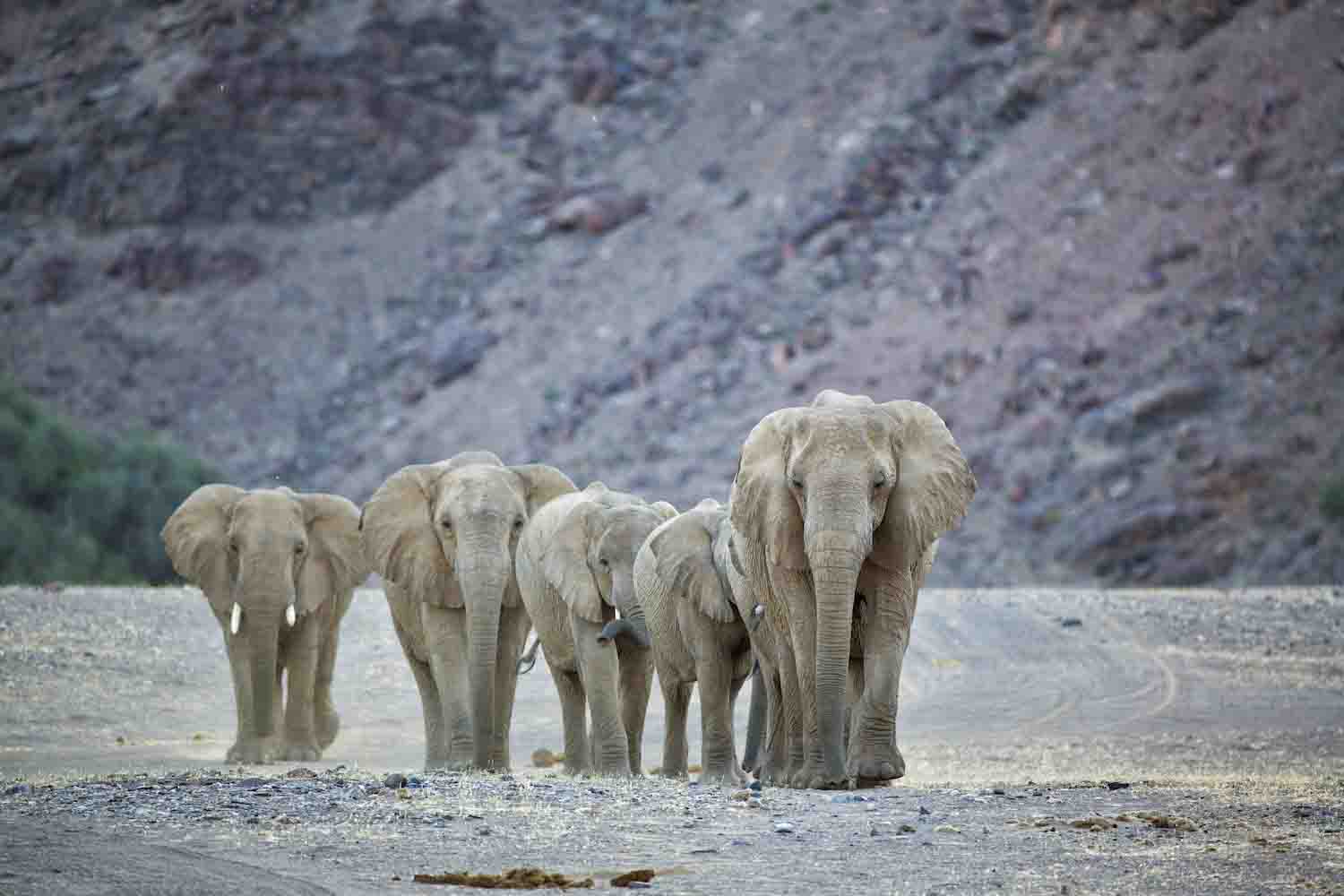
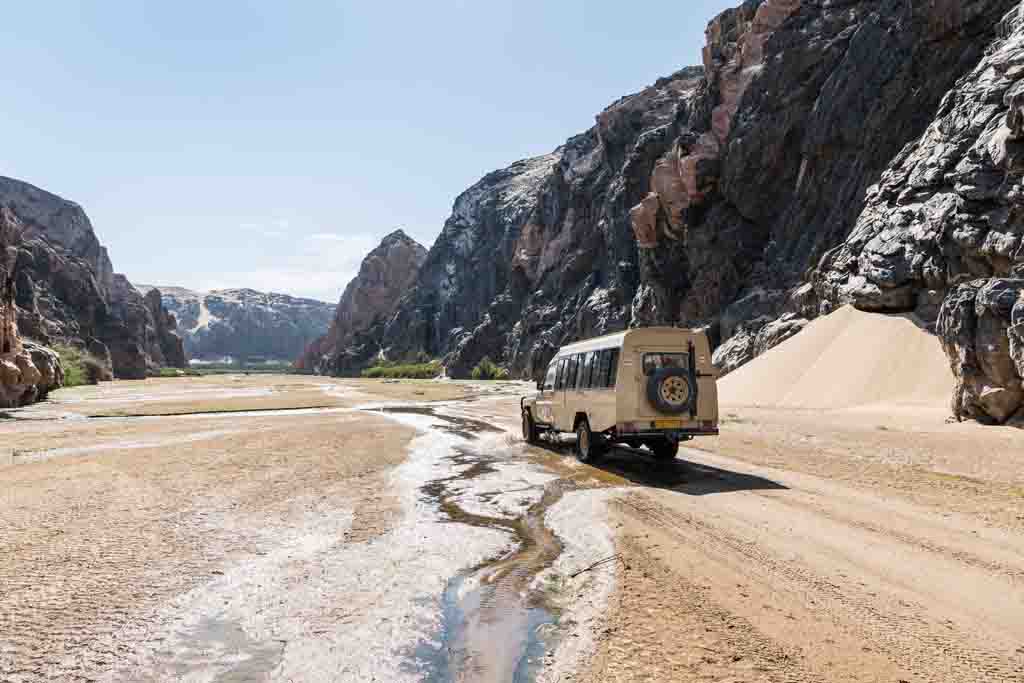
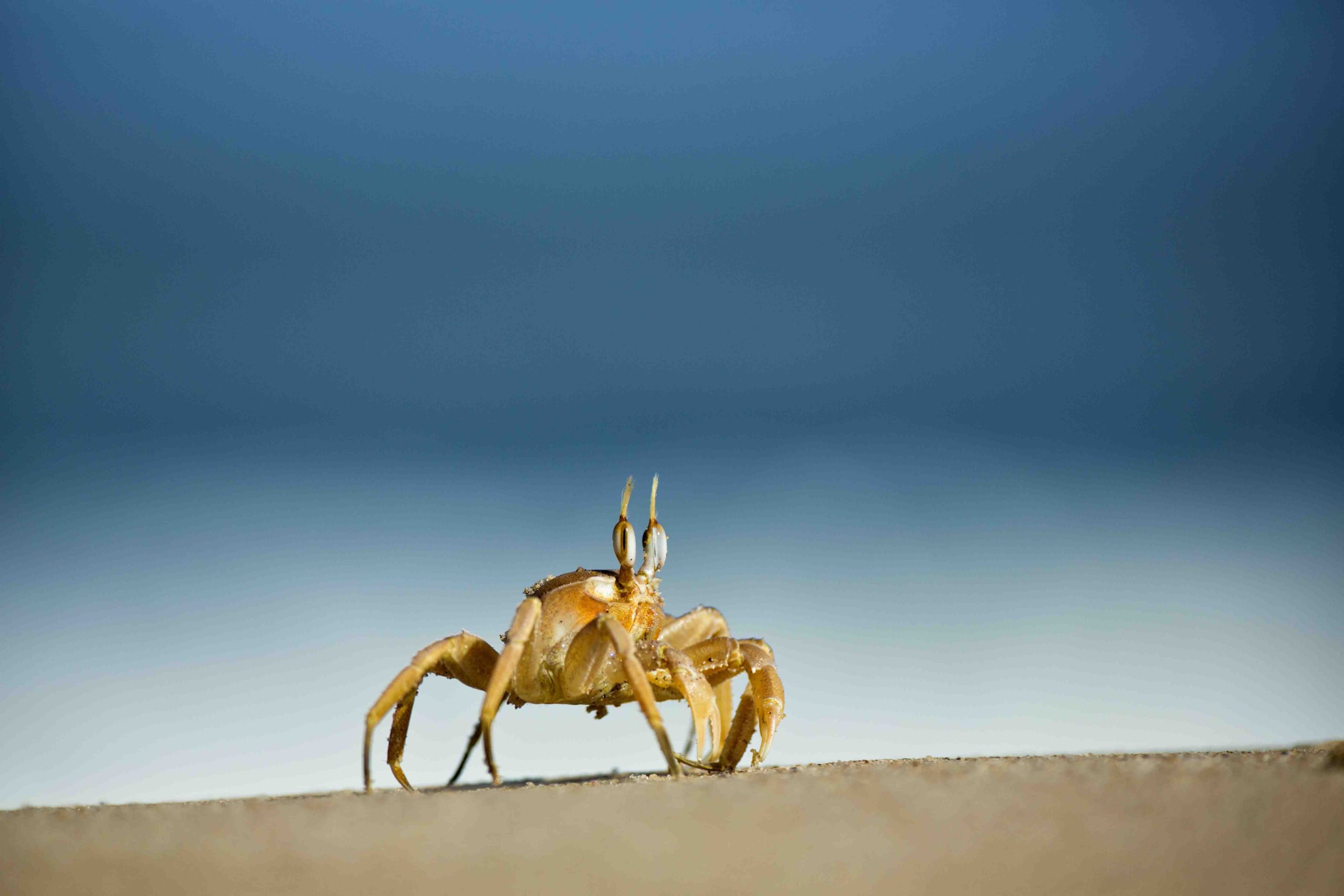
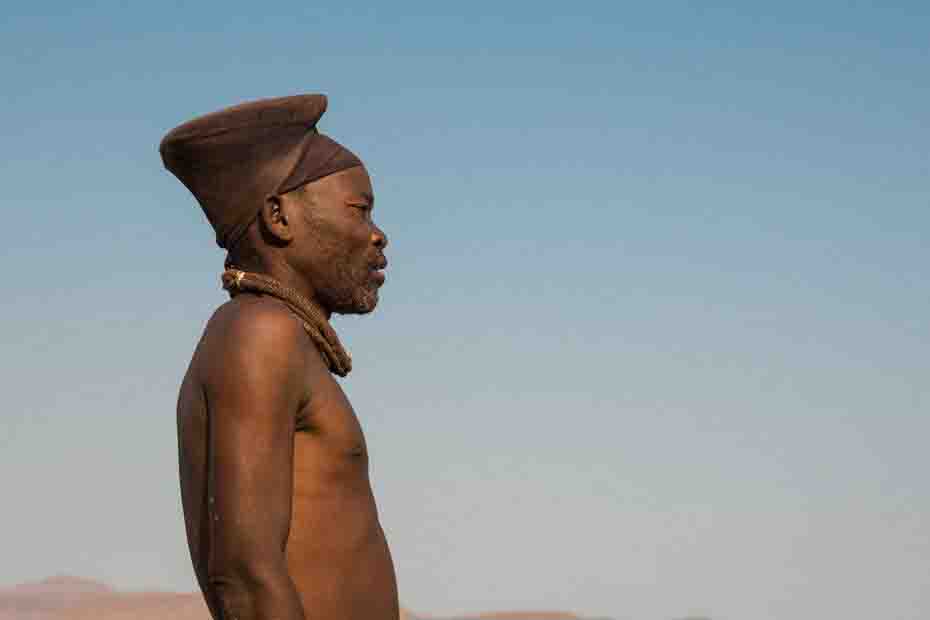
CAMPS
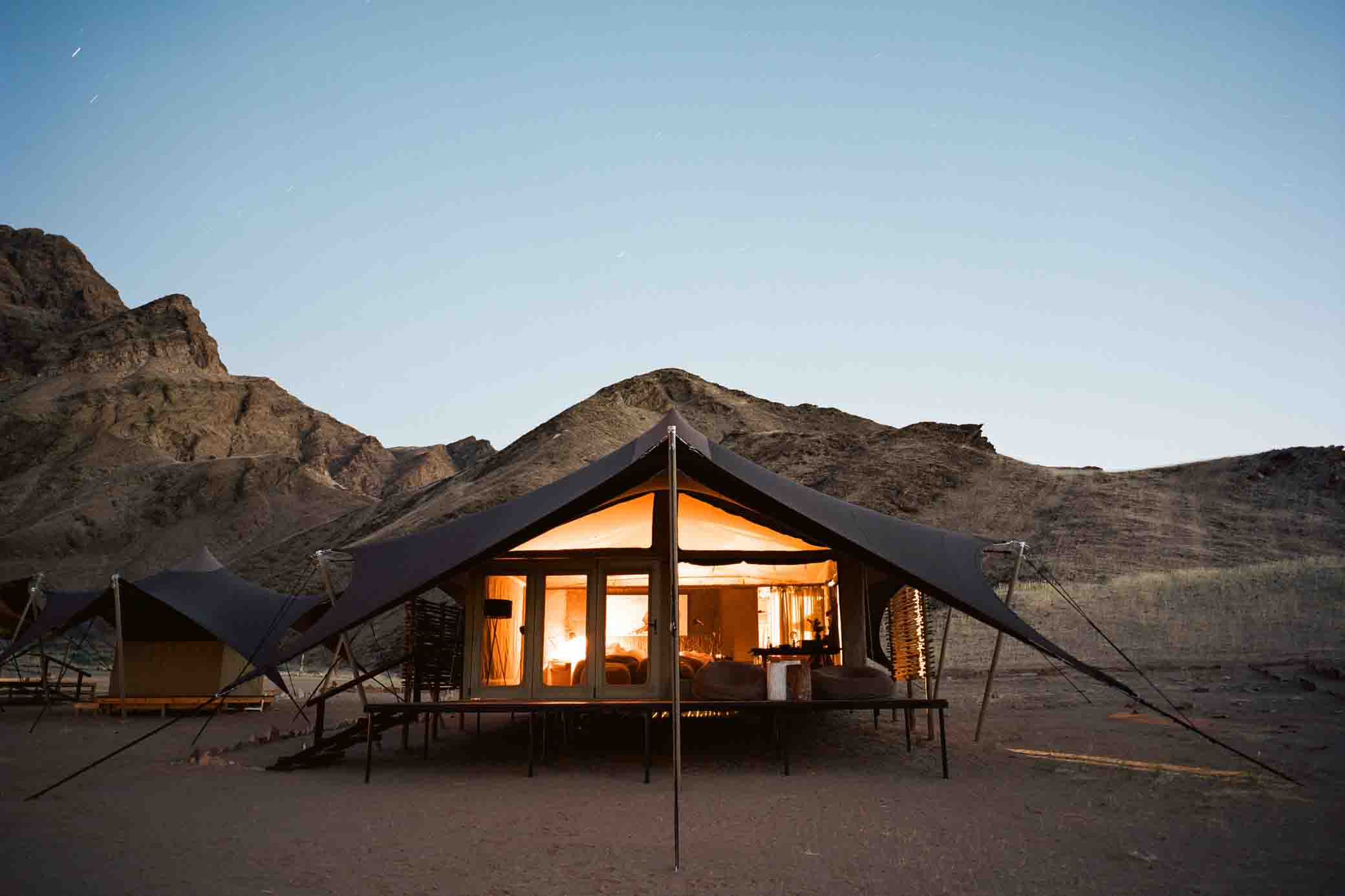
Hoanib Valley Lodge
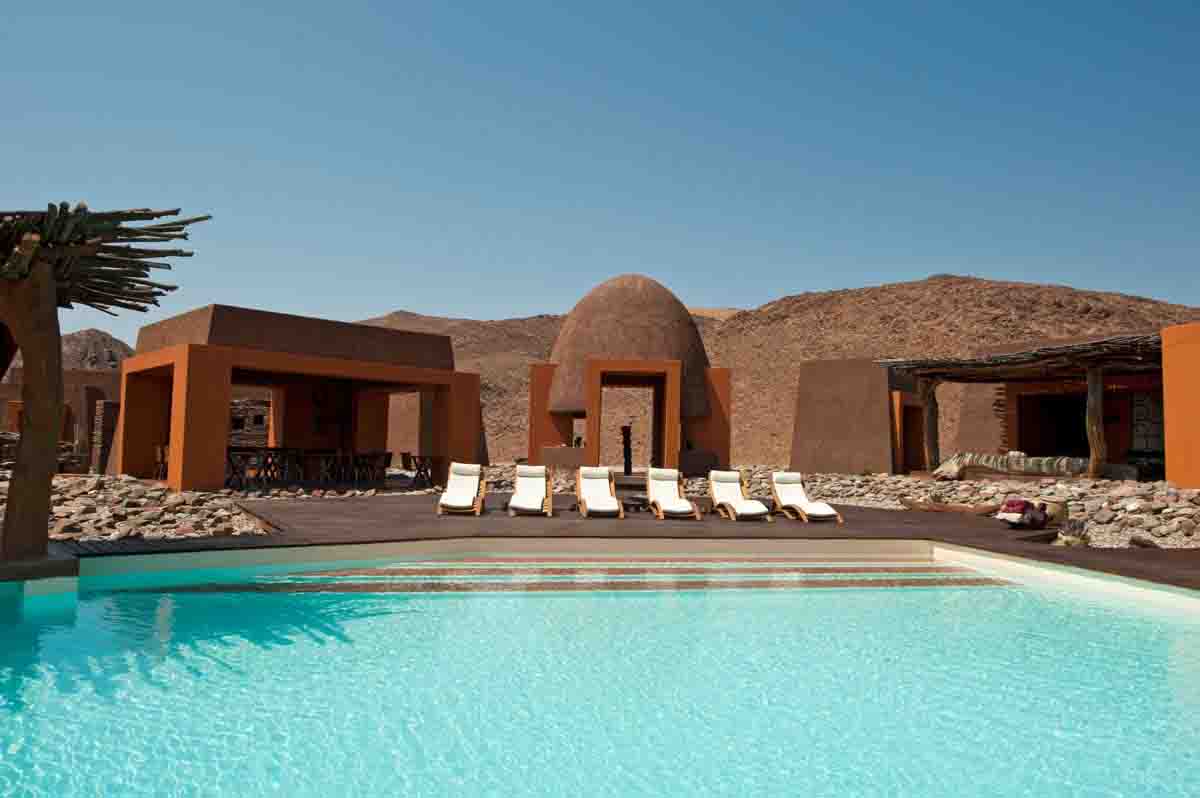
Okahirongo Elephant Lodge
